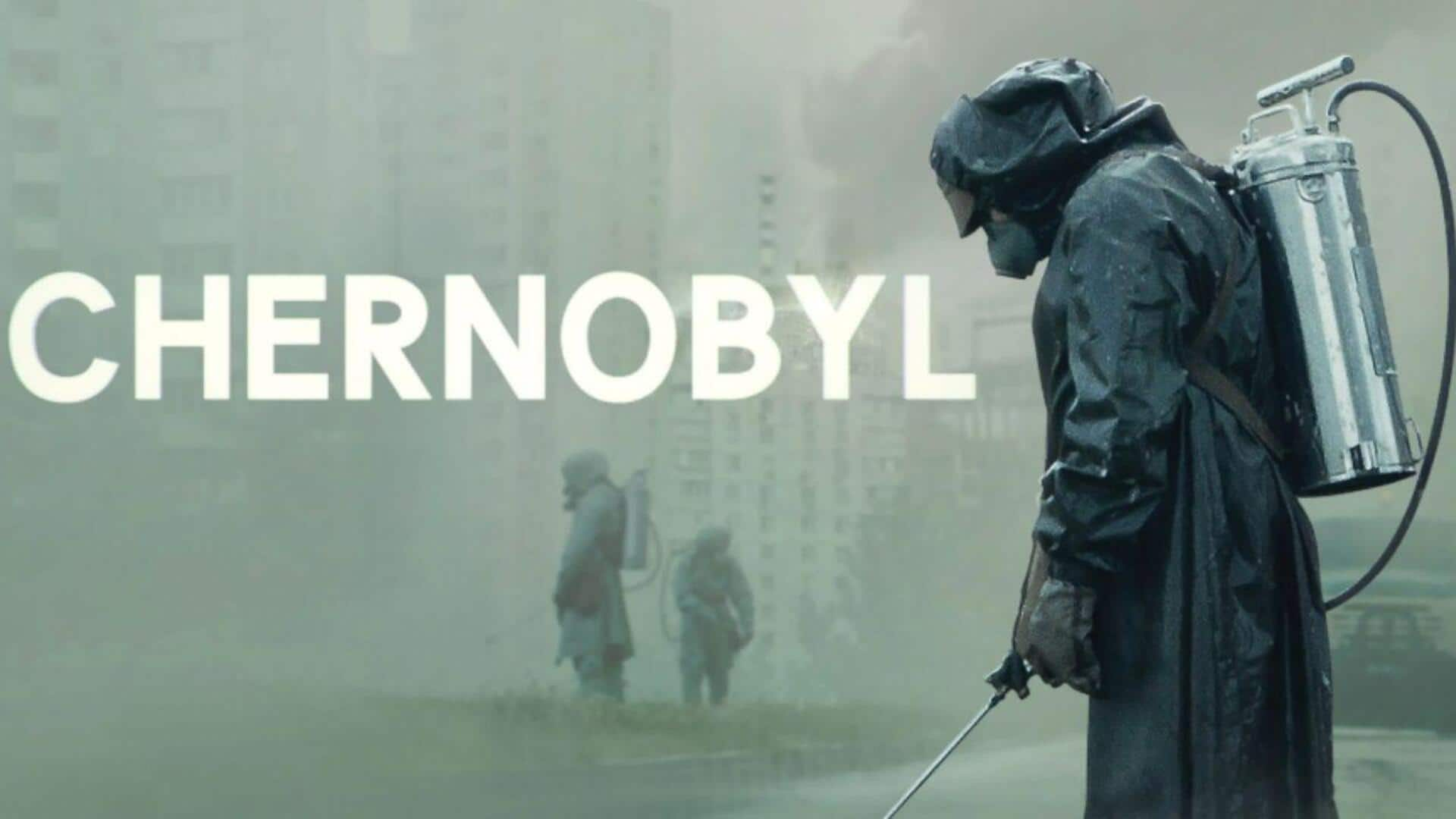
The untold secrets behind HBO's 'Chernobyl' miniseries
What's the story
The miniseries Chernobyl enchanted the world with its bone-chilling depiction of the 1986 nuclear disaster. While most of us were glued to the riveting narrative and historical detail, here are some behind-the-scenes secrets that even the biggest fans may not know. These clues give you an idea of the painstaking efforts and creative choices that made this show a true masterpiece in TV history.
#1
Real-life locations used in filming
To add to the authenticity, several scenes in Chernobyl were filmed at real-life locations that closely resemble the actual sites of the disaster. Lithuania was chosen as the main filming location due to its architectural likeness to Pripyat and Chernobyl. The Ignalina Nuclear Power Plant, which shares design features with Chernobyl's Reactor Four, was used for major scenes. This move added a lot of realism, which made the series immersive.
#2
Attention to detail in set design
The production team paid insane attention to detail when designing sets for Chernobyl. They painstakingly recreated Soviet-era interiors, right down to specific wallpaper patterns and furniture styles from the 1980s. This commitment extended to props too; authentic period-appropriate items were sourced or replicated to ensure every scene felt true to life. Such dedication helped transport viewers back in time, enhancing their connection with the narrative.
#3
Historical accuracy vs dramatic license
While Chernobyl is praised for its historical accuracy, some dramatic license was taken for storytelling purposes. Certain characters were composites or fictionalized versions representing broader groups involved in the disaster response. This approach allowed for a more cohesive narrative while still conveying essential truths about events and their impact on individuals and society at large.
#4
Impactful use of sound design
Sound design was also critical in establishing tension throughout Chernobyl. The sound team employed recordings from real Geiger counters and other period-appropriate equipment to enhance authenticity. Furthermore, subtle ambient noises were layered into scenes showing radiation exposure or tense moments in control rooms. These audio elements increased suspense without overpowering dialogue or visuals.